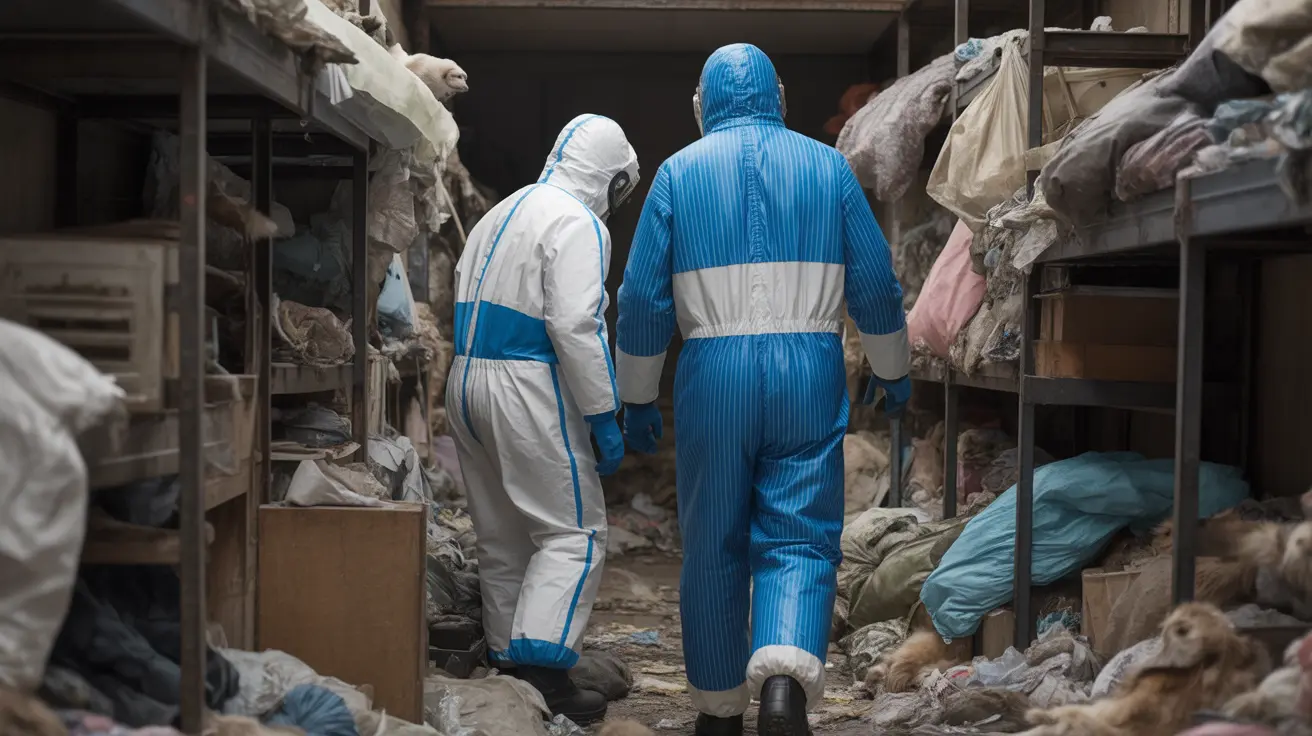Understanding the Incubation Period of Rabies in Humans
Rabies is a deadly viral disease that affects the central nervous system and is almost always fatal once symptoms appear. It is primarily transmitted to humans through the bite or scratch of an infected animal. For pet owners and the general public, awareness about the disease's progression is essential. One of the most critical aspects of rabies is its incubation period — the time from exposure to the onset of symptoms.
Typical Incubation Period in Humans
The
incubation period for rabies in humans generally ranges from
1 to 3 months. However, it can be as short as a few days or as long as several years in extremely rare cases. The variation depends on several factors:
- Location of the bite or scratch: Injuries closer to the brain, such as those on the face or neck, often result in a shorter incubation period.
- Severity of the exposure: Deep or multiple bites typically result in quicker symptom onset.
- Volume of virus introduced: The amount of virus transferred during the bite influences disease progression.
- Host immunity: A person’s immune response may slightly affect the rate at which the disease develops, but once the virus reaches the nervous system, it almost invariably leads to death.
Initial Symptoms of Rabies
Once the virus reaches the central nervous system, early symptoms of rabies in humans are often nonspecific but can include:
- Fever
- Headache
- Nausea
- Vomiting
- Fatigue
- Anxiety or irritability
As the disease progresses, more severe neurological symptoms emerge, including confusion, agitation, hallucinations, hydrophobia (fear of water), and eventually coma and death.
Why Prompt Medical Attention Is Crucial
Since the disease is nearly always fatal after symptom onset, it is essential that any potential exposure to rabies is taken seriously.
Post-exposure prophylaxis (PEP) — a series of vaccinations and treatments — can prevent the disease if administered before symptoms develop. For this reason, time is of the essence.
Seek immediate medical care if you:
- Were bitten or scratched by an animal, especially if it is wild or acting unusually
- Were exposed to saliva or brain tissue from a potentially rabid animal
- Cannot confirm the rabies vaccination status of the animal
The Role of Pet Owners
Pet owners play a vital role in rabies prevention. Ensuring your pets are up to date on their rabies vaccinations protects them and reduces the risk to humans. Key preventative measures include:
- Vaccinate all pets, including cats, dogs, and ferrets.
- Avoid contact with wild animals or unfamiliar pets.
- Secure your home and yard to prevent interactions with potentially infected wildlife.
- Report stray or suspicious animals to local animal control authorities.
Rare but Not Impossible: Long Incubation Cases
There have been documented cases where symptoms appeared years after exposure. These are exceptional instances and typically involve factors such as:
- Minimal viral exposure
- Bites in extremities like toes or fingers
- Boosted host immune response
However, pet owners and the general public should not rely on the assumption that they have time after an animal bite. The unpredictability of rabies progression reinforces the importance of swift medical evaluation.
Conclusion
Understanding how long rabies takes to show symptoms in humans is crucial in ensuring public safety and prompt treatment. While the average window stands at 1 to 3 months, the unpredictability demands immediate action after any potential exposure. As a pet owner, staying informed and maintaining pet vaccinations are your best defenses. If exposed, don’t wait — act quickly and seek medical attention.
Early intervention is the only way to stop this fatal disease before it takes hold.





